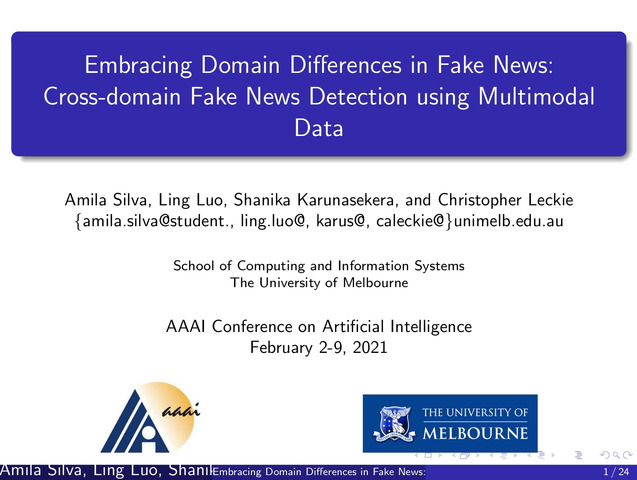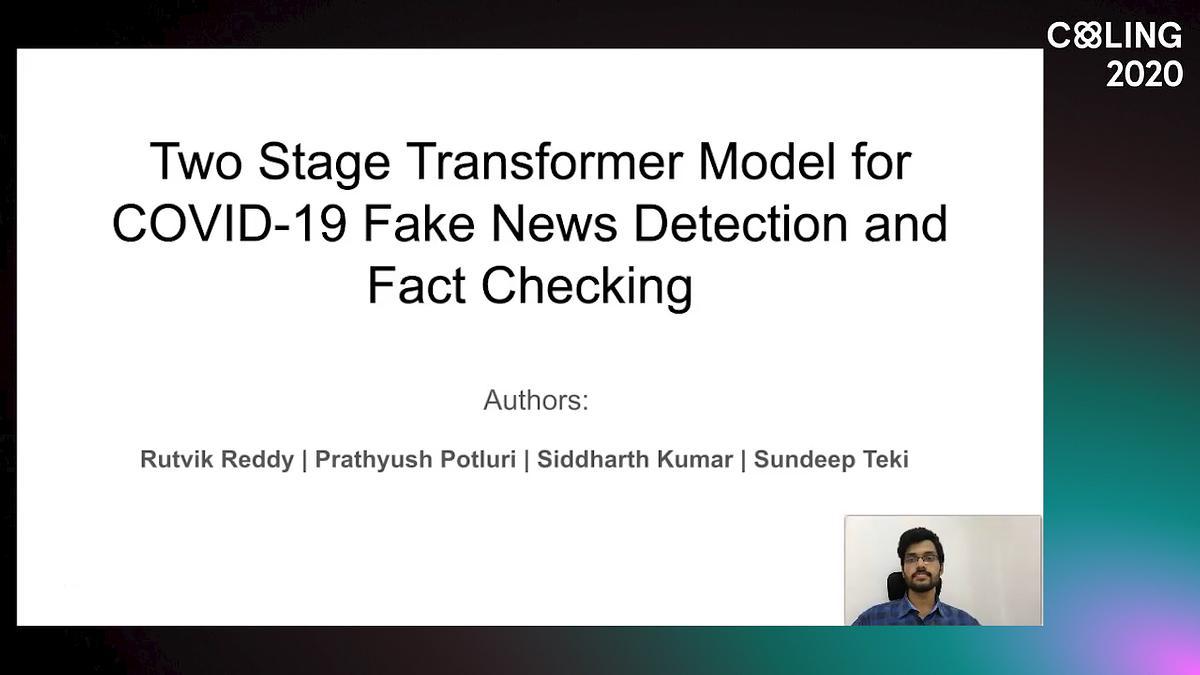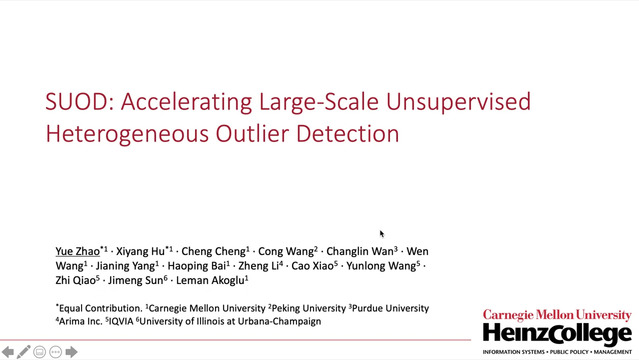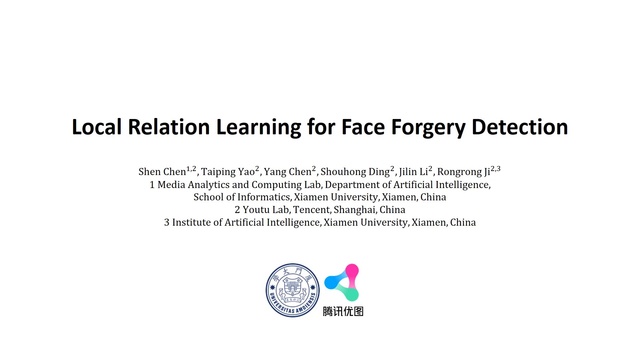Abstract:
The rising prevalence of fake news and its alarming downstream impact have motivated both the industry and academia to build a substantial number of fake news classification models, each with its unique architecture. Yet, the research community currently lacks a comprehensive model evaluation framework that can provide multifaceted comparisons between these models beyond the simple evaluation metrics such as accuracy or f1 scores. In our work, we examine a representative subset of classifiers using a very simple set of performance evaluation and error analysis steps. We demonstrate that model performance vary considerably based on i) dataset, ii) evaluation archetype, and iii) performance metrics. Additionally, classifiers also demonstrate a potential bias against small and conservative-leaning credible news sites. Finally, models´ performance vary based on external shocks and article topic. In sum, our results highlight the {\it need} to move towards systematic benchmarking to build towards more accurate and better understood fake news classifiers.









































